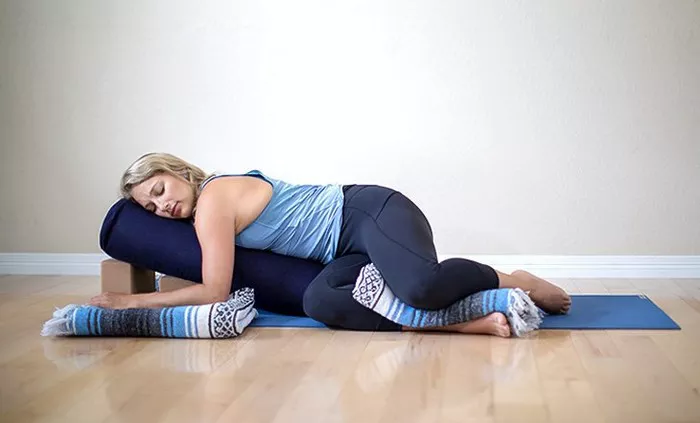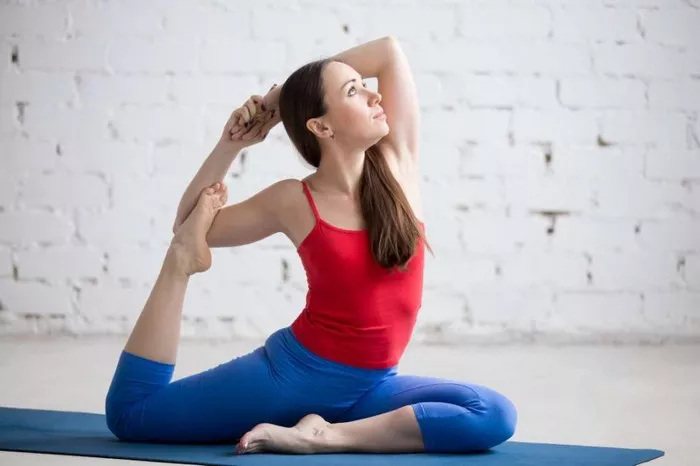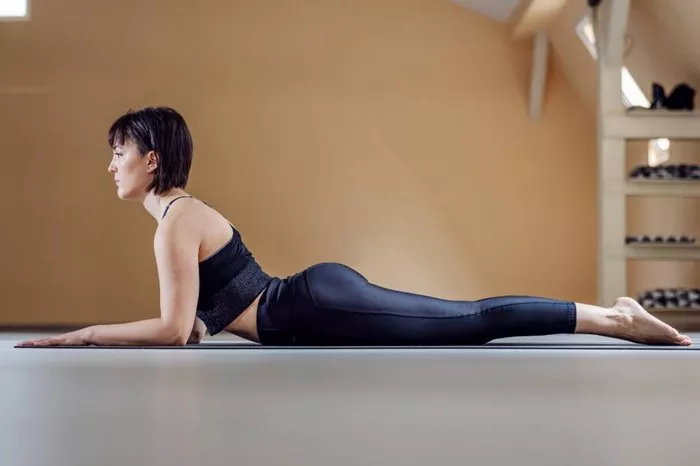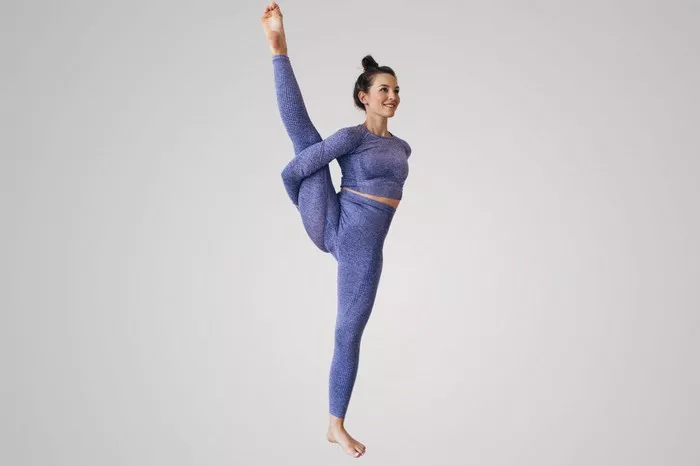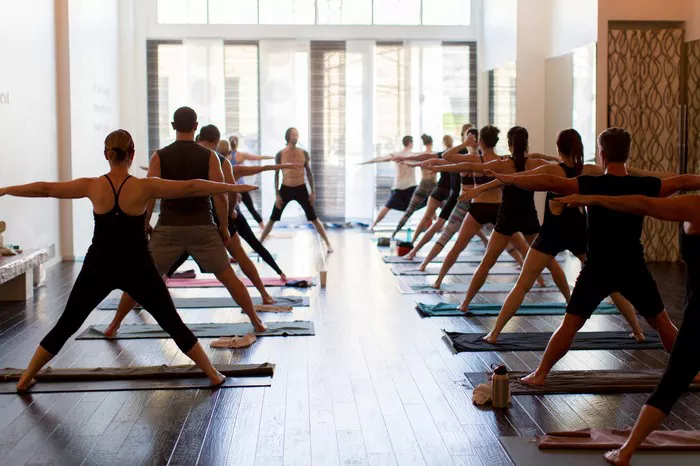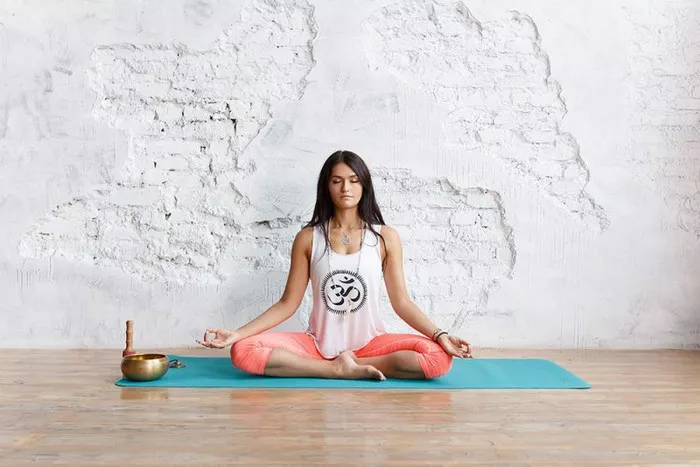Knee pain is a common issue that affects people of all ages. It can stem from various causes, including injury, arthritis, or overuse. Many individuals seek relief through medication, physical therapy, or surgery. However, yoga offers a holistic approach that focuses on gentle movement, stretching, and strengthening. Yoga asanas, or poses, can help improve flexibility, strengthen the muscles around the knee, and promote overall joint health. This article explores specific yoga asanas designed to alleviate knee pain and enhance mobility.
Practicing yoga for knee pain involves understanding the body’s alignment and how to move safely. The right asanas can relieve tension and improve blood flow to the knee area. It is crucial to listen to your body during practice and avoid pushing through pain. With consistent practice, individuals can experience reduced discomfort, improved strength, and greater stability in their knees. In the following sections, we will delve into various asanas, their benefits, and tips for incorporating them into your routine.
Understanding Knee Pain
Knee pain can arise from several conditions. Common issues include osteoarthritis, tendonitis, and ligament injuries. Osteoarthritis is a degenerative joint disease that affects the cartilage in the knee. It can lead to pain, swelling, and stiffness. Tendonitis, on the other hand, involves inflammation of the tendons around the knee. This condition often results from repetitive activities or overuse.
Ligament injuries, such as an anterior cruciate ligament (ACL) tear, are common in athletes. They can cause immediate pain and instability. Understanding the cause of knee pain is essential for choosing the right yoga asanas. Consulting a healthcare professional is advisable if you experience persistent pain. They can help determine the underlying issue and guide you in creating a safe practice.
Benefits of Yoga for Knee Pain
Yoga offers numerous benefits for those experiencing knee pain. Firstly, it promotes flexibility in the muscles and joints. Improved flexibility can reduce tension around the knee, leading to decreased pain. Secondly, yoga strengthens the muscles that support the knee. Stronger muscles help stabilize the joint, which can alleviate discomfort during daily activities.
Additionally, yoga encourages mindfulness and body awareness. Practicing mindfulness can help individuals manage pain more effectively. Focusing on breath and movement can shift attention away from discomfort. This holistic approach fosters a sense of well-being and promotes relaxation, which can also contribute to pain relief.
Precautions Before Practicing Yoga
Before starting any new exercise program, it is vital to consult with a healthcare professional, especially if you have existing knee issues. They can provide personalized recommendations based on your specific condition. When practicing yoga, it is crucial to listen to your body. Avoid pushing yourself into any pose that causes pain. Use props such as blocks or straps for support, and modify poses as needed.
Warming up before practicing yoga is essential. Gentle movements can help prepare the muscles and joints. Always start slowly, gradually increasing intensity as your body allows. If you experience pain during any asana, come out of the pose and rest. It is better to practice with caution than to risk further injury.
Essential Yoga Asanas for Knee Pain
Now, let’s explore specific yoga asanas that can help relieve knee pain. Each pose will include instructions and tips for safe practice.
1. Mountain Pose (Tadasana)
Mountain Pose is a foundational pose that promotes body awareness and alignment.
How to Practice:
- Stand tall with your feet together or hip-width apart.
- Distribute your weight evenly across your feet.
- Engage your thighs and lift your kneecaps.
- Relax your shoulders and let your arms hang by your sides.
- Take deep breaths, feeling the ground beneath you.
Benefits: Mountain Pose helps improve posture and alignment. It also strengthens the legs and promotes stability.
2. Chair Pose (Utkatasana)
Chair Pose strengthens the thighs and improves stability in the knees.
How to Practice:
- Stand in Mountain Pose.
- Inhale and raise your arms overhead, palms facing each other.
- Exhale and bend your knees, lowering your hips as if sitting in a chair.
- Keep your back straight and chest lifted.
- Hold for several breaths, then rise back to standing.
Benefits: Chair Pose builds strength in the quadriceps and hamstrings, supporting the knee joint.
3. Warrior I (Virabhadrasana I)
Warrior I strengthens the legs and opens the hips.
How to Practice:
- Stand in Mountain Pose.
- Step your left foot back, keeping your right knee bent.
- Rotate your left foot so it is flat on the ground.
- Raise your arms overhead, palms facing each other.
- Hold the pose for several breaths, then switch sides.
Benefits: Warrior I strengthens the legs, enhances balance, and opens the hips, providing support to the knees.
4. Warrior II (Virabhadrasana II)
Warrior II promotes stability and strength in the legs.
How to Practice:
- Begin in Warrior I.
- Open your arms to the sides, parallel to the ground.
- Turn your head to look over your right hand.
- Hold for several breaths, then switch sides.
Benefits: Warrior II strengthens the quadriceps and improves joint stability.
5. Bridge Pose (Setu Bandhasana)
Bridge Pose opens the hips and strengthens the glutes and thighs.
How to Practice:
- Lie on your back with your knees bent and feet flat on the ground.
- Place your arms by your sides, palms facing down.
- Inhale and lift your hips toward the ceiling.
- Hold for several breaths, then lower your hips back down.
Benefits: Bridge Pose strengthens the legs and glutes while stretching the hip flexors.
6. Child’s Pose (Balasana)
Child’s Pose is a gentle stretch that can help relieve tension in the knees.
How to Practice:
- Kneel on the floor with your big toes touching and knees apart.
- Sit back on your heels and stretch your arms forward.
- Rest your forehead on the ground and relax.
Benefits: Child’s Pose provides a gentle stretch for the knees and promotes relaxation.
7. Cat-Cow Stretch (Marjaryasana-Bitilasana)
This stretch improves spinal flexibility and warms up the body.
How to Practice:
- Start on your hands and knees in a tabletop position.
- Inhale as you arch your back (Cow Pose).
- Exhale as you round your back (Cat Pose).
- Repeat for several breaths.
Benefits: The Cat-Cow stretch enhances flexibility in the spine and encourages movement in the knees.
8. Pigeon Pose (Eka Pada Rajakapotasana)
Pigeon Pose opens the hips and stretches the thighs.
How to Practice:
- Begin in a tabletop position.
- Bring your right knee forward, placing it behind your right wrist.
- Extend your left leg back, keeping your hips square.
- Hold for several breaths, then switch sides.
Benefits: Pigeon Pose opens the hips, relieving tension in the knee joint.
9. Reclined Hand-to-Big-Toe Pose (Supta Padangusthasana)
This pose stretches the hamstrings and calves.
How to Practice:
- Lie on your back and extend your legs.
- Use a strap to hold your right foot while keeping your left leg on the ground.
- Gently pull your right leg toward you, keeping it straight.
- Hold for several breaths, then switch sides.
Benefits: This pose enhances flexibility in the hamstrings, which can help relieve knee pain.
10. Seated Forward Bend (Paschimottanasana)
This pose stretches the back and hamstrings.
How to Practice:
- Sit with your legs extended in front of you.
- Inhale and lengthen your spine.
- Exhale as you hinge at your hips and reach for your feet.
- Hold for several breaths, focusing on your breath.
Benefits: Seated Forward Bend stretches the hamstrings and can reduce tension in the lower body.
11. Legs-Up-the-Wall Pose (Viparita Karani)
This restorative pose promotes relaxation and reduces swelling in the legs.
How to Practice:
- Sit sideways against a wall.
- Lie back and extend your legs up the wall.
- Keep your arms relaxed at your sides.
- Hold for several minutes, focusing on your breath.
Benefits: Legs-Up-the-Wall Pose improves circulation and reduces tension in the knees.
12. Ankle to Knee Pose (Agnistambhasana)
This pose opens the hips and stretches the knees gently.
How to Practice:
- Sit on the floor with your legs extended.
- Bend your right knee and place your right foot over your left knee.
- Hold your left foot with both hands, gently pulling it closer.
- Hold for several breaths, then switch sides.
Benefits: This pose stretches the hips and thighs, helping to relieve knee tension.
See also: Finding Relief: Yoga Poses for Trapped Gas
Creating a Yoga Routine for Knee Pain
To create an effective yoga routine for knee pain, consider the following tips:
Warm-Up: Begin with gentle movements to warm up the joints and muscles. Incorporate easy stretches or breathwork to prepare for the asanas.
Select Appropriate Asanas: Choose poses that target the muscles around the knee without putting excessive strain on the joint. Focus on the asanas mentioned above.
Use Props: Utilize blocks, straps, or cushions for support. Props can help modify poses to suit your comfort level.
Breathe Deeply: Incorporate deep breathing throughout your practice. Focus on inhaling and exhaling fully to promote relaxation and mindfulness.
Listen to Your Body: Pay attention to how your body feels during each asana. If something feels uncomfortable, adjust the pose or skip it altogether.
Cool Down: End your practice with gentle stretches or restorative poses, such as Child’s Pose or Legs-Up-the-Wall Pose. This helps relax the body and promotes recovery.
Consistency: Practice regularly, aiming for at least two to three times a week. Consistent practice can lead to improved flexibility and strength over time.
Conclusion
Yoga asanas can be a valuable tool for managing knee pain. Through gentle movement, stretching, and strengthening, individuals can experience relief and improved mobility. It is essential to approach practice mindfully, listening to your body and making adjustments as needed. Always consult a healthcare professional before starting any new exercise regimen, especially if you have existing knee issues. By incorporating yoga into your routine, you can work toward a healthier, more pain-free lifestyle.
You Might Be Interested In

